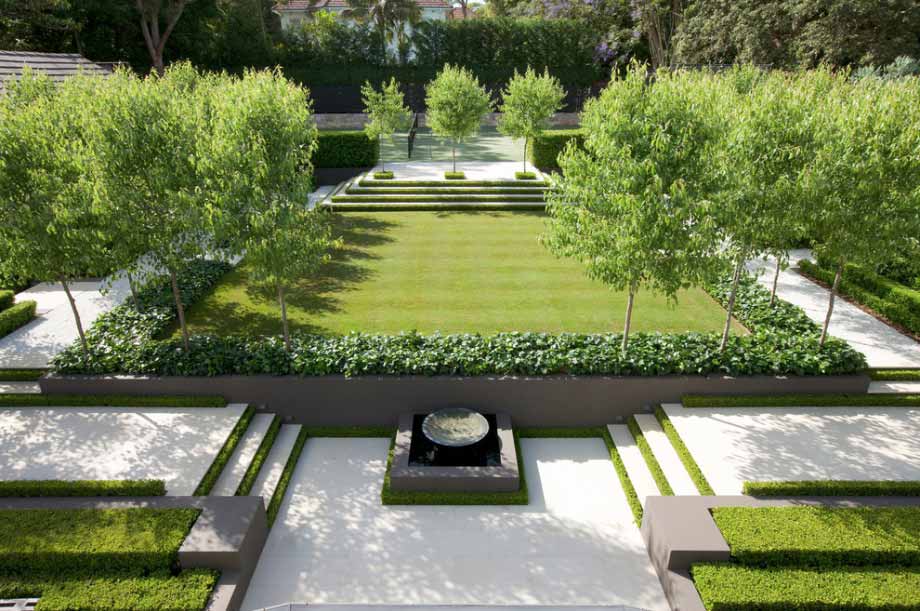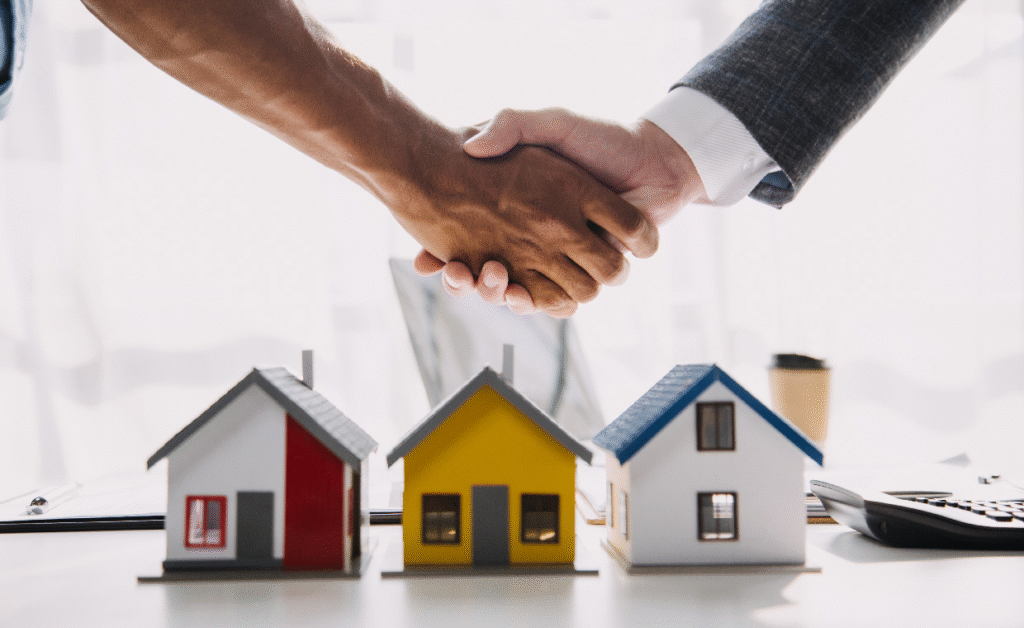Sustainable Ideas for Property and Land
The conversation around real estate and land management is evolving rapidly. Once dominated by profit-driven expansion, the sector now embraces a more conscientious approach that considers environmental resilience, social well-being, and economic balance. This shift has led to the emergence of sustainable property ideas that inspire both investors and communities to rethink how land and buildings are used.

Rethinking Land Utilization
At the heart of sustainability lies the question of land use. Traditional patterns of sprawl have often strained ecosystems and disrupted natural habitats. Today, green land use practices encourage more thoughtful planning. Integrating agriculture, conservation, and development in balanced proportions ensures that growth does not come at the expense of ecological integrity.
Mixed-use zoning, where residential, commercial, and recreational spaces coexist, is one such example. It reduces commuting distances, lowers carbon emissions, and creates more cohesive communities. Instead of spreading out endlessly, development focuses inward, revitalizing underutilized areas.
Innovative Property Solutions
Design plays a pivotal role in shaping sustainability outcomes. Architects and developers are prioritizing eco property solutions that emphasize energy efficiency, renewable energy integration, and reduced environmental footprints. Solar panels, rainwater harvesting, and natural ventilation systems are no longer niche but increasingly mainstream.
Sustainable materials such as bamboo, reclaimed wood, and recycled steel enhance building durability while reducing resource depletion. These innovations align with consumer demand for properties that not only provide comfort but also reflect responsible living.
The Role of Community Engagement
No sustainability effort thrives in isolation. Engaging local communities in sustainable development plans ensures that projects align with cultural values and regional needs. Public spaces such as parks, urban gardens, and community centers create opportunities for social cohesion while protecting green cover.
When residents take part in decision-making, projects benefit from greater acceptance and long-term viability. Community-driven initiatives often introduce creative solutions, from composting programs to cooperative renewable energy ventures.
Economic Advantages of Sustainability
Contrary to outdated perceptions, sustainability is not a financial burden. Sustainable property ideas often lead to reduced operational costs through lower energy and water consumption. Investors find that green-certified properties command higher rental values and resale potential, as tenants and buyers increasingly prioritize eco-friendly spaces.
Long-term savings from energy-efficient systems outweigh the initial investment. Moreover, properties designed with durability and adaptability in mind remain valuable even as regulations and consumer preferences evolve.
Technology as a Catalyst
Digital innovation accelerates sustainability goals. Smart home systems, for instance, optimize energy usage by adjusting lighting, heating, and cooling based on occupancy patterns. Data analytics also support green land use by identifying optimal locations for development while preserving sensitive ecosystems.
Emerging technologies such as 3D printing and modular construction reduce waste, shorten project timelines, and improve efficiency. These methods align with broader efforts to minimize the carbon footprint of construction, one of the world’s largest contributors to emissions.
Policy and Regulation
Government policies play a decisive role in shaping sustainable real estate. Incentives for renewable energy installations, subsidies for green building certifications, and stricter environmental regulations all drive the adoption of eco property solutions. Developers who embrace these frameworks gain competitive advantages and avoid penalties.
Zoning laws that encourage compact cities, transit-oriented development, and conservation reserves also reinforce the importance of sustainability. These regulations establish a clear roadmap for integrating growth with responsibility.
The Human Dimension
Sustainability is not solely about energy and efficiency. It also encompasses health, well-being, and quality of life. Access to natural light, clean air, and green spaces contributes to healthier lifestyles. Walkable neighborhoods with cycling paths and public transport options reduce reliance on cars and foster stronger community bonds.
Incorporating these principles into sustainable development plans transforms property and land into more than physical assets. They become foundations of thriving societies where economic growth coexists with environmental stewardship and social equity.
Preparing for the Future
Climate change continues to pose challenges for real estate and land use. Flood risks, heat waves, and resource scarcity highlight the urgent need for adaptation. Properties designed with resilience in mind, such as elevated structures, permeable pavements, and drought-resistant landscaping, are better equipped to withstand these pressures.
Forward-thinking investors recognize that sustainable property ideas not only mitigate risks but also enhance long-term value. As climate-related regulations tighten globally, sustainability will shift from being a choice to becoming a necessity.
The integration of green land use, innovative eco property solutions, and comprehensive sustainable development plans represents a turning point for property and land markets. These approaches redefine growth by aligning it with ecological preservation, community well-being, and financial stability. As awareness deepens, the path forward becomes clear: sustainable strategies are not just ideas but imperatives that ensure prosperity for generations to come.






